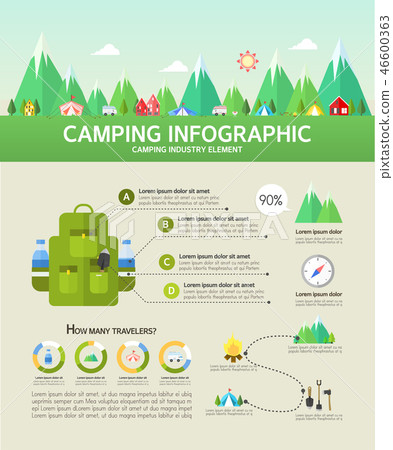A range of aspects can impact night skies digital photography. From weather to upcoming celestial events, you'll wish to plan ahead to make certain success.
How much wind can a tent take?
The shutter speed you pick identifies whether celebrities appear as accurate pin-points or route across the picture. An excellent guideline is to restrict the exposure to 500 seconds, or the matching of your lens's focal size.
Location
Among one of the most essential consider a good photo is where you take it. Go for locations with very little light air pollution, and avoid locations that have intense city lights and high-rise buildings.
Likewise, search for an area that provides foreground aspects to develop compositions with. For instance, dune patterns, wind-sculpted ridges and rough outcrops can all give interesting foreground aspects to aid inform the story of your night skies picture.
It is also useful to research study expensive occasions such as meteor showers and lunar eclipses to make the most of opportunities for excellent images. Using a tool such as the Professional photographer's Ephemeris can be unbelievably useful when planning your shoots. It assists you to figure out moon stages, Galaxy position and other astronomical events. Likewise, think about capturing in RAW layout as opposed to JPEG as this gives you more flexibility when processing the pictures. This is particularly real if you prepare to publish your images.
Camera Settings
Getting the ideal cam setups is necessary for any photograph, but especially so for night sky photos. A wide-angle lens is best for catching more of the Milky Way and decreasing star tracks, in addition to a longer shutter speed to stop the movement of stars and reveal their details.
For a maximum level of clarity, shoot in RAW format instead of JPEG, which allows you to maintain more data and supplies versatility throughout post-processing. This can likewise contribute to file size, so make certain you have lots of storage area and additional sd card available.
Set your focus to manual concentrating by turning the AF/MF activate your lens right into MF setting. You may need to take a few examination shots and examine the image playback on your electronic camera's LCD display till you accomplish ideal, identify manual focus. It's an excellent concept to do this throughout the day with your chosen lens and the location you will be contending evening, to confirm the accuracy of your emphasis setup.
Illumination
A good night sky photo calls for the appropriate problems. This includes a dark sky, yet likewise a fascinating foreground aspect such as a hill imminent, a lake to show the stars, or a human component like a barn or shed. You can also utilize a headlamp to light up the foreground and include some dramatization fancy camping or depth to your image.
One of the most essential camera setups for evening sky digital photography are the aperture and shutter speed. The wider the aperture, the extra light that gets to the sensor. This permits you to catch brilliant celebrities in a fairly short quantity of time.
The shutter speed determines whether your celebrities will be pin-point perfect or if they will certainly appear as celebrity tracks due to the Planet's rotation. Be sure to take numerous long exposure shots and pile them in post-processing for the very best outcomes. Finally, shoot in RAW mode to offer yourself maximum latitude in post-processing.
Composition
The key to gorgeous star shots isn't a high-end telescope, a brand-new wide-angle lens or a top-of-the-line Canon or Nikon cam. It's method, preparation and make-up.
For starters, look your shoot place ahead of time to get a feel for the design and prospective make-ups. Consider including foreground aspects such as rocks, a lake or alpenglow on the landscape to add character and passion to your pictures.
Bear in mind the Guideline of Thirds when composing your images. This basic principle aids balance and link pictures. It's also helpful for concentrating on points of interest in your image, such as rock functions or the Galaxy. Also, keep in mind to plan your shoots around moon phases-- capturing at a full moon can overpower celebrities and create a silhouetted form, while shooting on nights with a new moon can aid you see constellations much more plainly.
How cold is too cold for camping?
